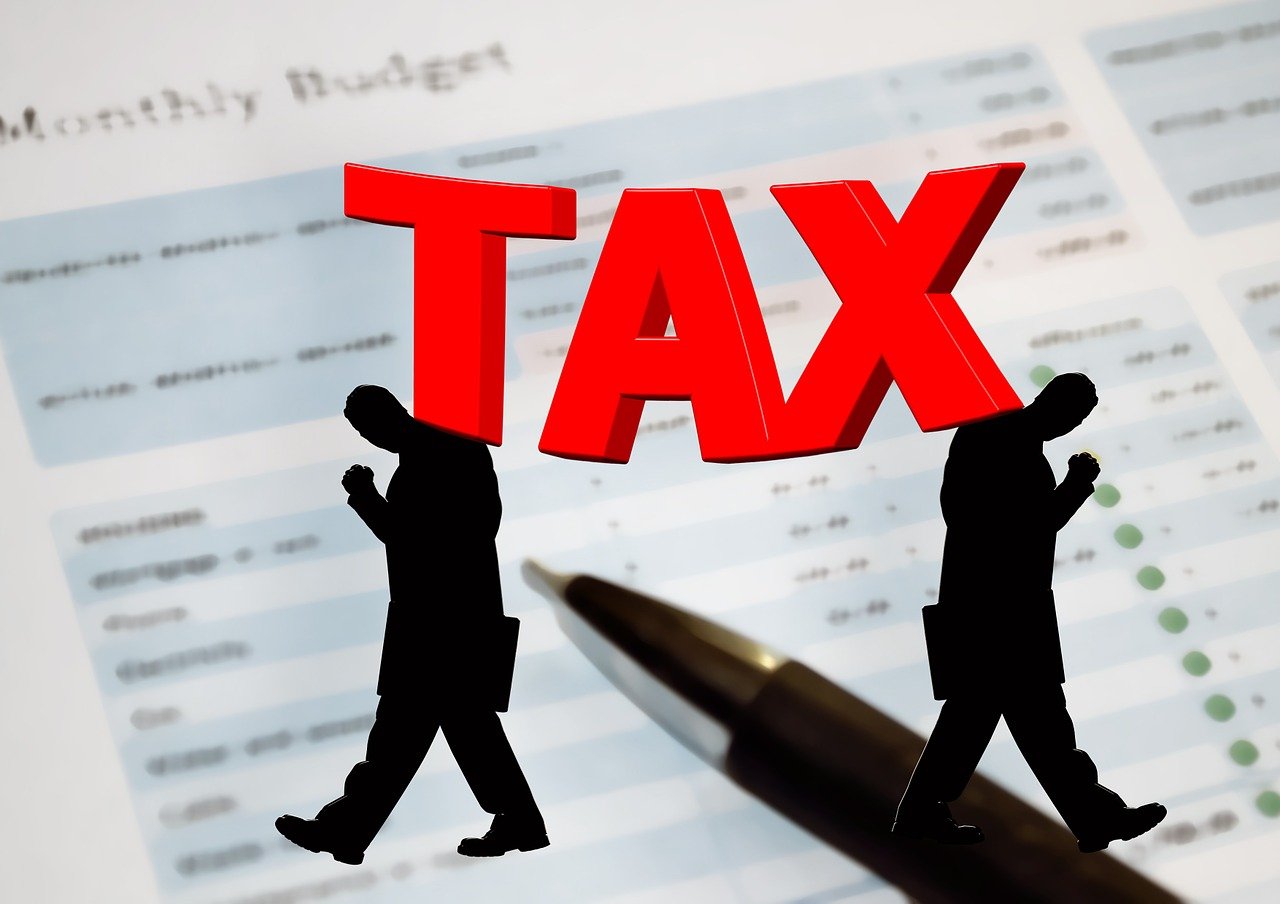Taking account of all user profiles is a strategic issue for a professional website. Incorporating inclusive design makes it possible to apply the WCAG 2.1 recommendations and guarantee a consistent experience. The main objective is to improve WCAG accessibility right from the design phase, without sacrificing visual quality or performance.

Subtitle: improving WCAG accessibility with contrast controls
The first step is to measure the contrast between the text and background elements. A minimum ratio of 4.5:1 for standard text and 3:1 for large text is required by WCAG 2.1. Tools such as Color Contrast Analyzer or Chrome extensions offer immediate feedback. Applying these checks during the mock-up phase allows you to reduce the round-trips with the development team and improve WCAG accessibility even before the first line of CSS.
The colour palette should be reviewed to ensure sufficient contrast in all lighting conditions. Prefer font sizes of at least 16 pixels and line spacing greater than 1.4. This configuration minimises eyestrain and helps improve WCAG accessibility for visually impaired users.
Identifying and correcting semantic barriers
Integrating markup HTML semantics is essential for improving accessibility WCAG. The titles must follow a logical hierarchical order, from <h1> à <h6>without interruption. Lists, tables and forms require <table>, <form> and attributes label associated with each field. A manual and automated audit with Axe or WAVE can detect structural problems before development.
ARIA attributes supplement native markup when certain interactions cannot be described using standard tags. The use of role="navigation", aria-labelledby and aria-live facilitates understanding by assistive technologies and helps to improve WCAG accessibility for screen reader users.
Ensure smooth keyboard navigation
Many users cannot use a mouse. Navigation should therefore only be possible using the keyboard. Check that all links and buttons are visibly focused. Adopt a distinct colour or outline for the focus indicator, to guide the user. The tab order should correspond to the visual reading of the page. A systematic test using the Tab and Shift+Tab keys will identify any sticking points and enable the navigation order to be corrected to improve WCAG accessibility for mobility-impaired users.
Offering alternatives to multimedia content
Videos and animations must offer synchronised subtitles and text transcriptions. Complex images require a alt description. For animations that are excessive or likely to cause visual disturbance, include a control to reduce or deactivate them. This option improves WCAG accessibility for people with vestibular or cognitive impairments.
Testing with disabled users
An inclusive approach is not limited to the tool itself. Organise test sessions with people who are blind, partially sighted, deaf or have reduced mobility. Observe their journeys and note any points of friction. Each anomaly identified becomes a corrective task. By incorporating this feedback, you can refine your solution and improve WCAG accessibility over the long term.
Documenting best practice to maintain compliance
Draw up an internal guide covering your choice of colours, your typography rules, your HTML structure and the ARIA attributes used. Train your team of designers and developers in WCAG 2.1 principles. A clear, accessible document avoids regressions when the site evolves and ensures that each new feature respects the objective of improving WCAG accessibility.
Automate monitoring in the deployment chain
Integrate accessibility checks into your CI/CD pipeline. Configure Lighthouse CI or Pa11y to run audits on every commit. In the event of regression, you'll receive an alert before the project goes into production. This vigilance prevents new obstacles from appearing and consolidates your WCAG compliance.
Integrating inclusive design to improve WCAG 2.1 accessibility is part of an ongoing process. By combining audits, user testing and automation, you can guarantee a web experience that is accessible to all, boost your natural referencing and promote your commitment to digital inclusion.










Thanks for the clarity. I've finally understood what WCAG is all about. An example checklist would be useful to go further.
A very good reminder of the WCAG standards, accessibility is often forgotten...
It motivated me to redesign my site to make it more inclusive.